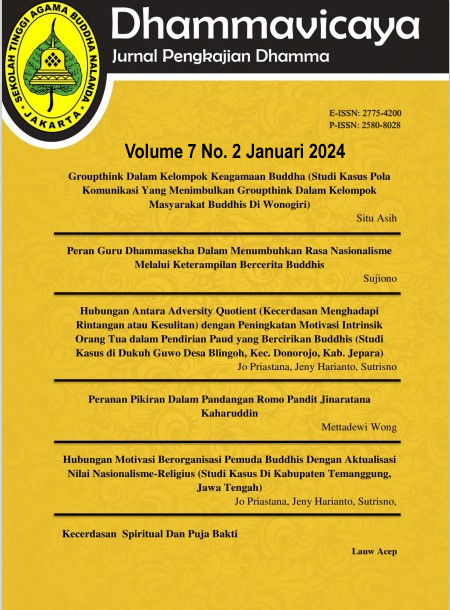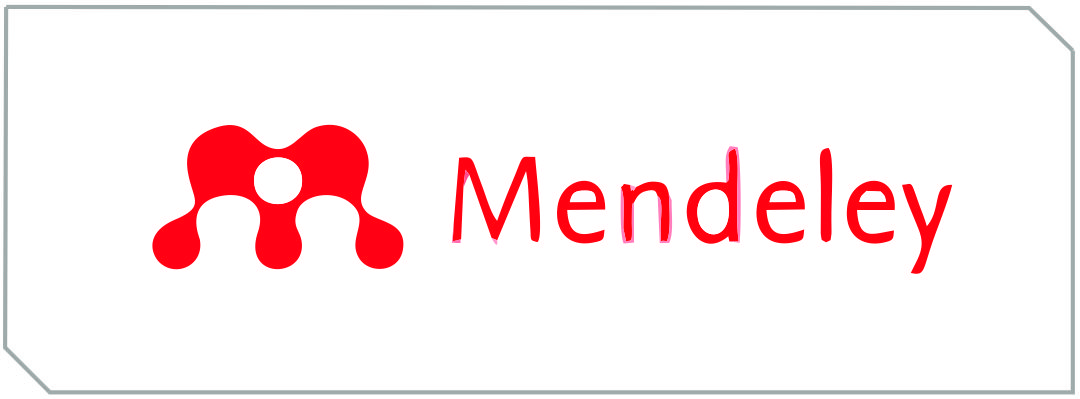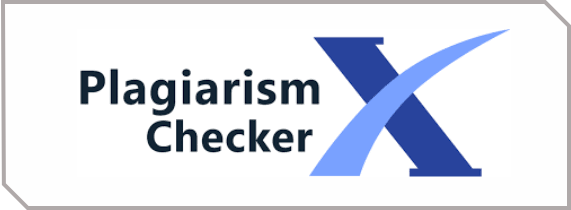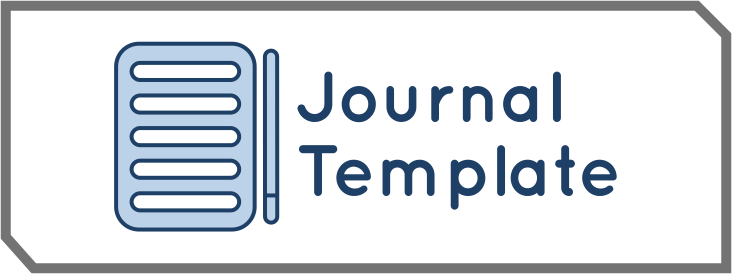Implementasi Pembelajaran Berdiferensiasi dan Assesmen pada Kurikulum Merdeka di Sekolah Dasar Se-Kecamatan Sindang Kelingi, Kabupaten Rejang Lebong
DOI:
https://doi.org/10.47861/dhammavicaya.v7i2.1648Keywords:
Assessment, Differentiated learning, Independent CurriculumAbstract
This research aims to find out about differentiated learning and assessment in the independent curriculum and how to implement it in elementary schools throughout Sindang Kelingi District. The aim of this research is formulated as follows; To find ou t how differentiated learning and assessment is implemented in the independent curriculum at the Sindang Kelingi District Elementary School? To find out what are the obstacles and advantages in implementing differentiated learning and assessment in the independent curriculum. This research uses a qualitative approach and the type of research is case study. The data was obtained by researchers by means of observation, interviews and documentation. Then the analysis method used is qualitative descriptive analysis, and data analysis techniques include data condensation, data presentation and drawing conclusions. Checking the validity of the data is carried out using diligent observation, triangulation, peer checking and using several reference materials. The research results show that the implementation of differentiated learning is carried out by mapping according to students' criteria, interests and needs.
References
Anggraena, D., dkk. (2022). Panduan pembelajaran dan asesmen pendidikan anak usia dini, pendidikan dasar, dan menengah (1st ed.). Badan Standar, Kurikulum, dan Asesmen Pendidikan, Kementerian Pendidikan, Kebudayaan, Riset, dan Teknologi Republik Indonesia.
Arifin. (2022). Kurikulum dan implementasi pembelajaran di masa pandemi COVID-19: Tantangan dan peluang menuju program Merdeka Belajar. Jurnal Education and Development, 10(1), 279–284.
Barlian, U. C., Solekah, S., & Rahayu, P. (2022). Implementasi kurikulum Merdeka dalam meningkatkan mutu pendidikan. Journal of Education and Language Research, 1(1), 1–52. https://doi.org/10.21608/pshj.2022.250026
Depdiknas. (2003). Undang-Undang Republik Indonesia No. 20 Tahun 2003 tentang Sistem Pendidikan Nasional. https://kelembagaan.ristekdikti.go.id/wpcontent/uploads/2016/08/UU_no_20_th_2003.pdf
Hidayat, N., Sutrisno, S., & Permatasari, T. (2023). Transformasi Sekolah Tinggi Agama Buddha Nalanda menjadi Institut Agama Buddha Nalanda: Tinjauan studi kelayakan dalam konteks sosial budaya. Innovative: Journal of Social Science Research, 3(5), 4174–4189. https://j-innovative.org/index.php/Innovative/article/view/5331
Ismoyo, T. (2020). Konsep pendidikan dalam agama Buddha. Jurnal Pendidikan Buddha dan Isu Sosial Kontemporer, Dhamma Vibhanga I, 45 (Anguttara Nikaya, III Bab X).
Khoiri, N. (2018). Metode penelitian pendidikan: Ragam, model & pendekatan. SEAP: Southeast Asean Publishing.
Rizqiani, W., & Hidayat, N. (2024). Low public perspective on the importance of a sustainable environment in the environmental journalism polemic. International Journal of Environmental Communication (ENVICOMM), 1(1), 32–40. https://doi.org/10.35814/envicomm.v1i1.7874
Semiawan, P. D. C. R. (2010). Metode penelitian kualitatif: Jenis, karakteristik, dan keunggulannya. PT Grasindo.
Sugiyono. (2019). Metode penelitian kuantitatif. Alfabeta.
Wiranto, B. M. (2020, Januari 2). Konsep Merdeka Belajar: Kemana arah pendidikan Indonesia? Universitas Jambi. https://www.unja.ac.id/2020/01/02/konsep-merdeka-belajar-kemana-arah-pendidikan-indonesia/
Downloads
Published
How to Cite
Issue
Section
License
Copyright (c) 2025 Dhammavicaya : Jurnal Pengkajian Dhamma

This work is licensed under a Creative Commons Attribution-NonCommercial-ShareAlike 4.0 International License.






